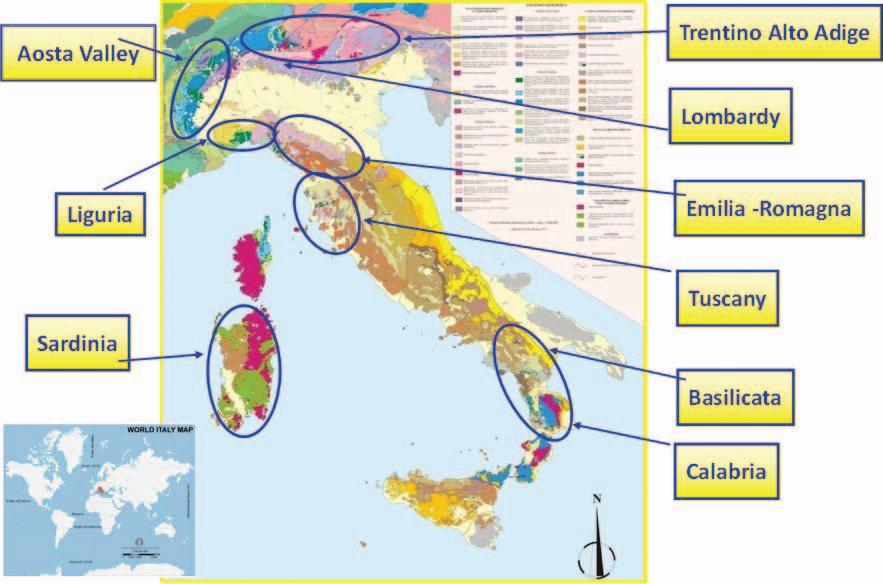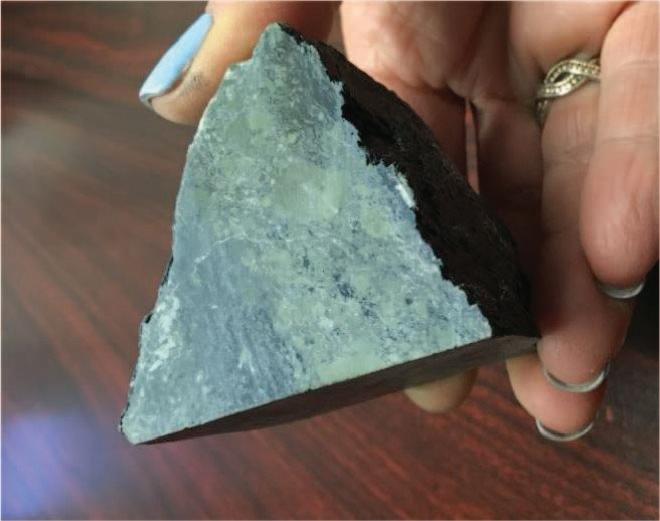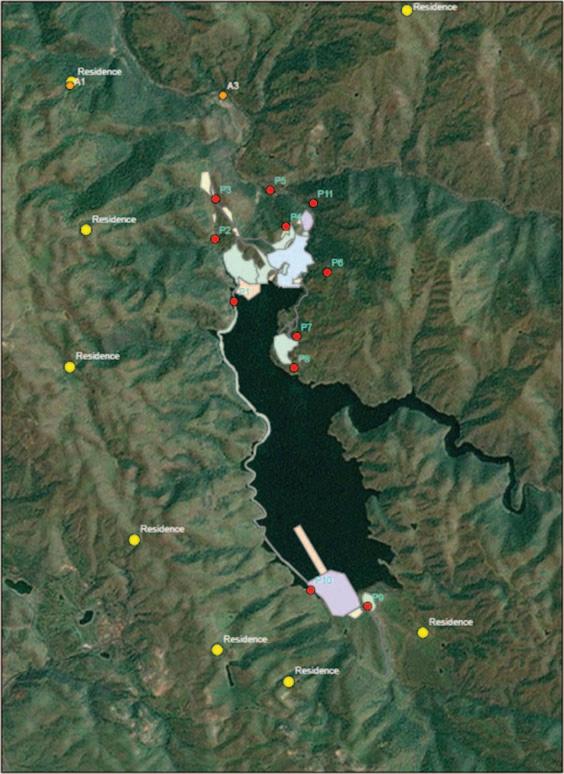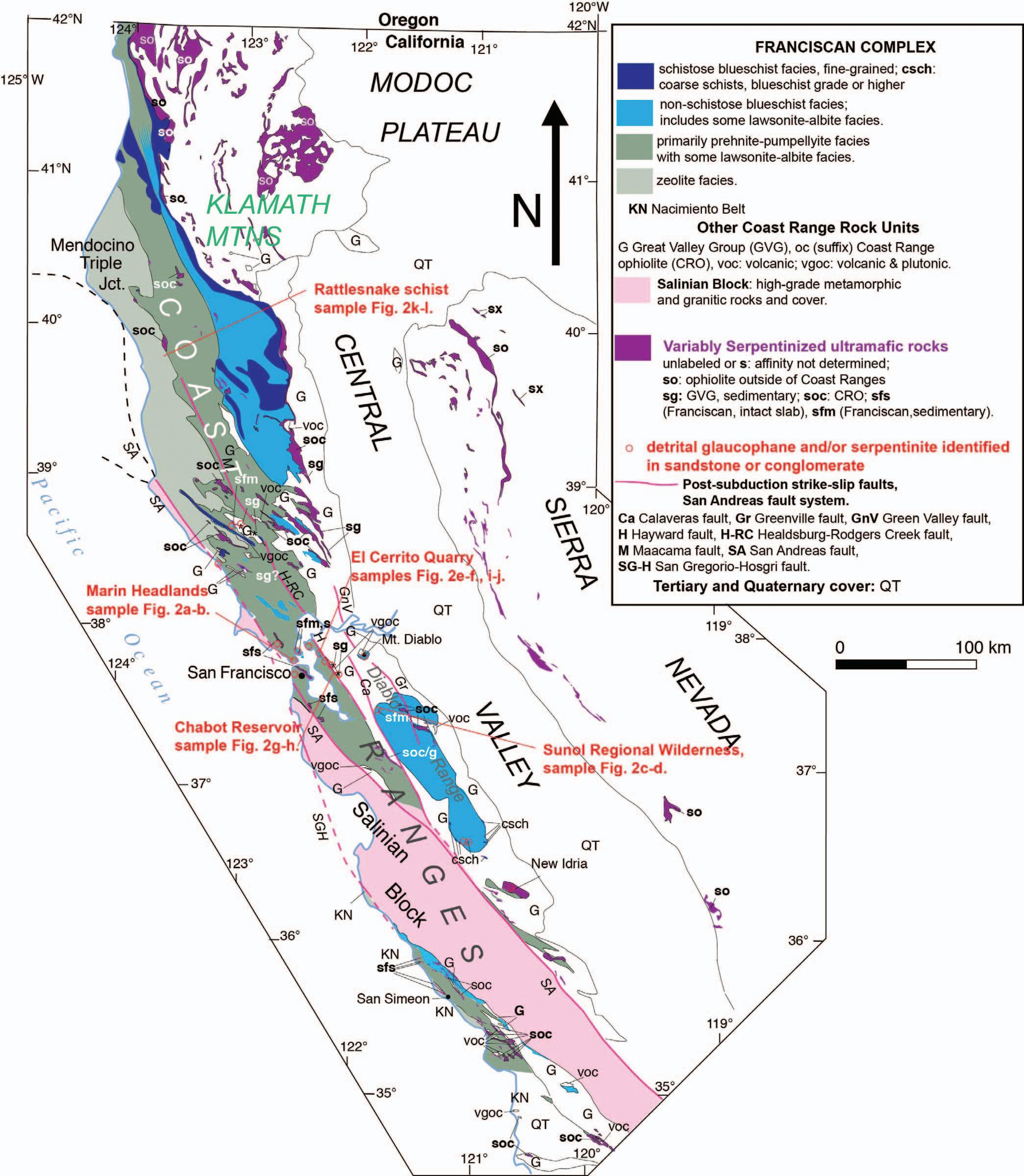Sampling, Analysis, and Risk Assessment for Asbestos and Other Mineral Fibers in Soil ED CAHILL* EMSL Analytical, Inc., 200 Route 130 North, Cinnaminson, NJ 08077
Key Terms: Activity-Based Sampling, Fluidized Bed Asbestos Segregator, Incremental Sampling Methodology, Natural Occurrences of Asbestos, Risk Assessment, Soil ABSTRACT Asbestos may be present in soil as a natural occurrence or by contamination from asbestos-containing building materials, illegal dumping of asbestos, or other human activities. When trying to properly assess asbestos and other mineral fiber content in a sample by microscopy, soil is a problem matrix in all respects. Even defining the sample to be collected requires forethought and can greatly influence the final analytical result. Determining the sampling approach as well as the best sample preparation and analysis techniques are critical to obtaining accurate results in a metric that is useful to the end user. This article provides an overview of the various approaches that can be applied to assist those involved with asbestos in soil projects. There are many analytical techniques that can be applied for the determination of asbestos content in soil, including visual observation in the field, stereomicroscopy, polarized light microscopy, scanning electron microscopy, transmission electron microscopy, x-ray diffraction, and others. All of these techniques have their own inherent strengths and weaknesses. Fortunately all of the analysis options are complementary, and using multiple techniques can help to better characterize a sampling site and provide a more comprehensive assessment. Time and cost constraints will typically play a role in determining the final sampling and analysis plan. INTRODUCTION As high-profile examples of asbestos in soil projects (such as the naturally occurring asbestos [NOA] discovery and response in El Dorado County in California; Meeker et al., 2006) appear in the news media there is increasing awareness and attention paid to the potential for asbestos in soil on all types of project sites (ATSDR, 2011; Buck et al., 2013). NOA sites, brown*Corresponding author email: ed.cahill@outlook.com
fields, sites of previous building demolitions, sites of known or suspected illegal dumping, etc., are all being sampled and tested much more than in the past. Unfortunately, though there are well-established policies, guidance, and regulations covering asbestos in building materials and the indoor or built environment—such as those associated with the Environmental Protection Agency (EPA) Asbestos Hazard Emergency Response Act (US EPA, 1986), the EPA National Emissions Standard for Hazardous Air Pollutants (1973), Occupational Safety and Health Administration (OSHA, 1986), and state and local regulations—there is little guidance dealing with asbestos in soil and rock. Comprehensive Environmental Response, Compensation, and Liability Act (CERCLA) regulations, commonly known as the EPA’s Superfund Program (US EPA, 1980), provide some guidance, but their applicability is limited. CERCLA does recognize the fact that dealing with asbestos-containing building materials (typically covered under NESHAP) is much different from dealing with asbestos in soil scenarios. It cites that using the typical <1 percent action limit for asbestos in building materials is inappropriate for asbestos in soil, as concentrations below 1 percent may still pose unacceptable health risks. The EPA Framework for Investigating Asbestos Contaminated Superfund Sites (US EPA, 2008) does provide some relevant but limited guidance for asbestos in soil projects. The document does suggest various sampling and analytical approaches, but recognizing how disparate various project sites can be, it recommends developing your own site-specific procedures and risk-based action levels.
SAMPLING Unlike sampling building materials in the built environment, soil sampling often involves much larger and less well-defined sampling areas. If asbestos is present it is typically heterogeneously distributed in the soil, which makes it difficult to decide where to sample and how many samples to collect. The goal is to collect enough samples to reasonably reflect the asbestos content in the soil or rock over a defined area. The collection of discrete grab samples is a common sampling
Environmental & Engineering Geoscience, Vol. XXVI, No. 1, February 2020, pp. 121–127
121





















